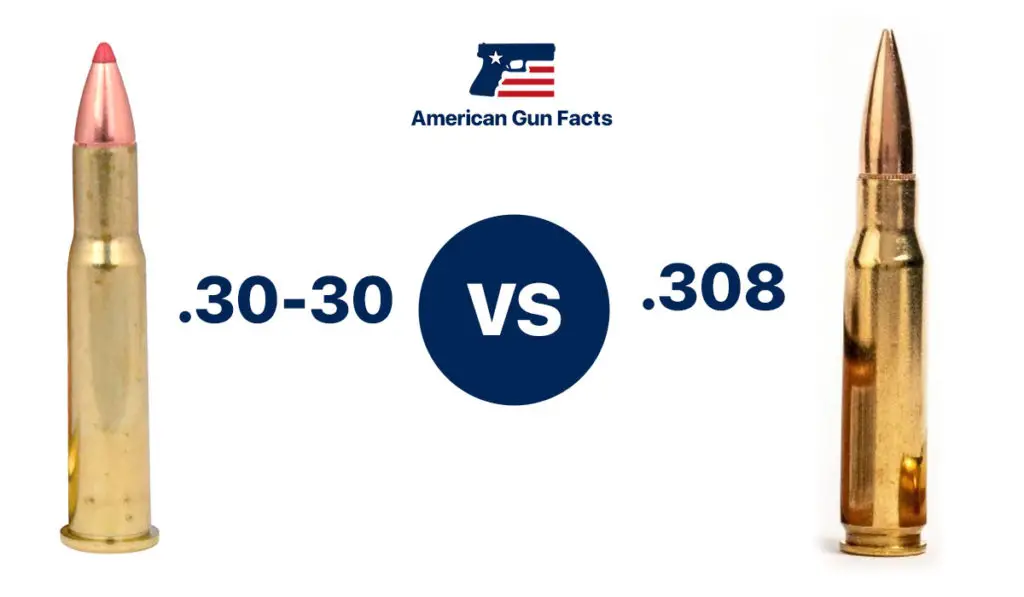If you are looking to make a choice between a 30-30 and a 308, you’re in the right place. This guide will compare the two calibers and help you determine which one might be the best option. You may be looking for the perfect round for hunting.
We’ll make comparisons based on several factors. We’ll discuss which round wins out in the end. Our verdict may be what we believe in, but at the end of the day, your decision will be yours alone.
With that in mind, let’s take a look at the tale of the tape between the 30-30 and the 308. First, a brief look at the both of them.
.30-30 Winchester History
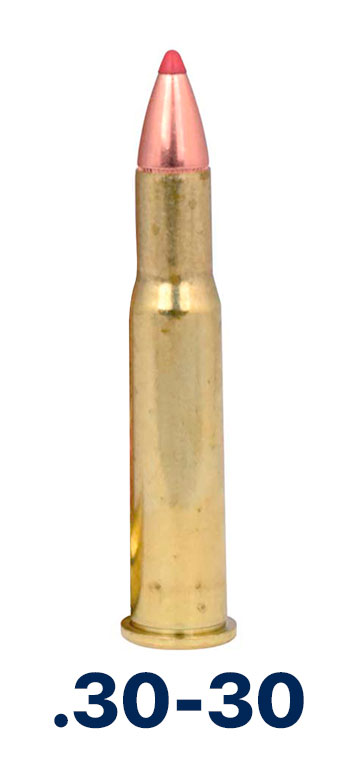
The .30-30 (or .30 Winchester Center Fire) comes in with more than 120 years of experience. It was created as a small-bore rifle that would make it great for hunting while not producing a lot of smoke. Around this time, smokeless powder was becoming a thing and thus made black powder obsolete.
Winchester picked up on this trend and began using smokeless powder starting with their .30-30 cartridges. Soon, it became one of the most reliable rounds for hunters everywhere and the rifles that can use them were flying off the shelves.
Not only that, it proved its worth when it comes to shooting game targets at distances below 200 yards. Hogs, antelope, and deer are amongst the favorites of hunters.
.308 Winchester History
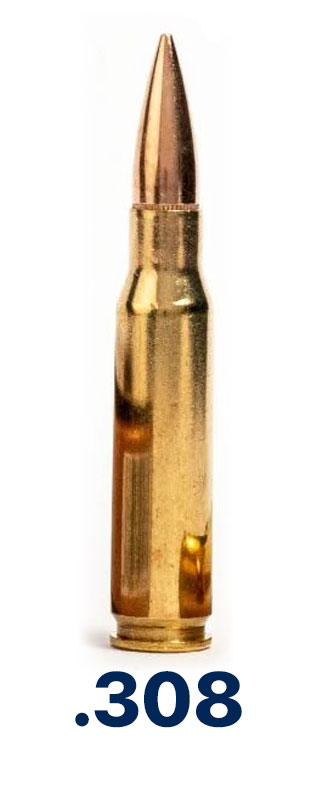
The .308 made its way onto the scene in 1952. For the last 70 years, it has done quite a bit to make a name for itself. It was a derivative from .30-06 cartridges that were redesigned by Winchester.
The .30-06 itself was used by the United States military in both World Wars. What made the .308 special was that the cartridge was shorter and thus gave it more functionality when it was used in semi-automatic rifles. It also had a related cartridge known as the 7.62x51mm NATO, which came out the same year as the .308.
Even though it was originally used for the military, the .308 is now available for civilians to use. And its best uses are when you are hunting large game. You name it, you can get the job done with a .308.
It can drop hogs in Texas, moose in Maine, and just about any big game you can think of in any place. Thus, the .308 is a force to be reckoned with and for good reason.
.30-30 vs .308: The Differences
While the .30-30 and the .308 have some similarities (such as clocking in at 150 grain), they do have some differences between the two. Let’s take a look at the following:
| .30-30 | .308 | |
| Designed | 1895 | 1952 |
| Case Type | Rimmed, bottleneck | Rimless, bottleneck |
| Diameter | .308 in (7.8 mm) | .308 in (7.8 mm) |
| Length | 2.550 in (64.8 mm) | 2.800 in (71.1 mm) |
| Max Pressure | 42,000 psi (290 MPa) | 62,000 psi (430 MPa) |
Velocity
Winner: The .308 has the best velocity compared to its .30-30 counterpart. If you want something that will go fast and stay fast, the choice is clear.
In terms of velocity (feet per second), the .30-30 will have a speed of 2390 FPS when it leaves the muzzle, but will lower itself to 1959 at 100 yards and down to 1581 at 200 yards. Meanwhile, the .308 will remain well above 2300 FPS once it reaches 200 yards.

Energy
Winner: .308 takes the win here for a second time in a row.
When traveling 200 yards, the .30-30 will come in at 832 ft pounds of energy. The .308 will double that.
Trajectory
Winner: It’s a clean sweep. The .308 will hardly if not ever drop beyond 100 yards. It makes for great accurate shooting if you need to hit your big game target within that 200 yard distance.
The .30-30 will not drop at 100 yards, but will make a near 8 inch drop once it hits 200 yards. Meanwhile, the .308 will drop close to two inches as it reaches 100 yards. But it won’t drop much farther at 200.
What are they best for?
.30-30 Uses
A .30-30 will get the job done if you want to land a target within a short range of distance. So it would make sense if you want to hit a target and it’s situated 150 yards or less away from you.
If close range hunting is your thing, you can consider the idea of using a .30-30. If deer and hog hunting is what you do, this may be the perfect choice.
.308 Uses
The evidence is irrefutable. It’s faster, has a greater chance of hitting your target within 200 yards, and delivers a knockout the way you want it. Not only that, it’s the perfect round for almost every big game target you can find.
However, its only downside lies in the bullet drop. It will drop a bit right around 100 yards. But it will stay level once it goes past that. The real question is: can a .308 go beyond 200 yards?
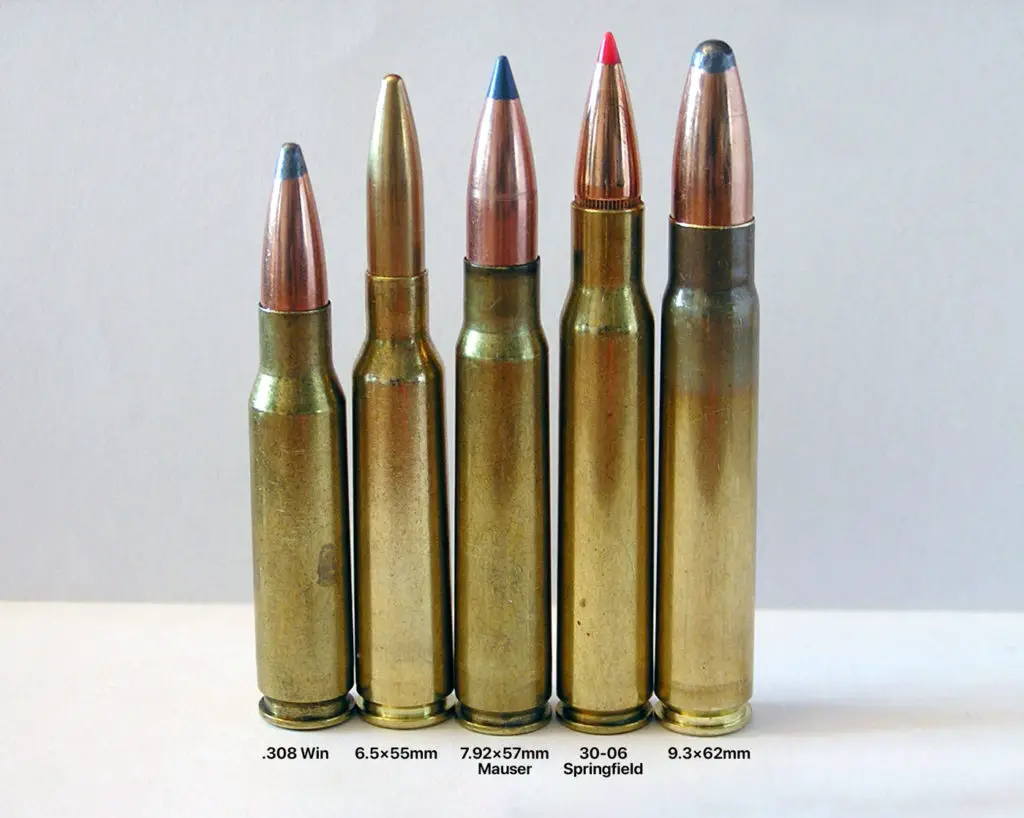
The answer is yes. The round will drop 8 inches once it closes in at 300 yards and two feet by the time it goes 400 yards. While it retains a lot of energy at 500 yards, the bullet will already drop about four feet by the time it gets there.
On average, most hunters will knock down their targets at 200 yards or less. For that reason, a .308 will be your best friend in the field if you want to go slightly farther than the .30-30.
Final Thoughts
If you are considering a hunting round that will do the work, the .308 is the no-brainer option. This is our suggestion based on the evidence. But if you want to do a little close range hunting, we won’t judge if you decide to go with a .30-30.
The great thing about these two rounds is that they are both reliable in terms of big game hunting. However, the .308 does have the capability to knock out more. Either way, whatever you want to hunt, there’s always a recommended round to go with.
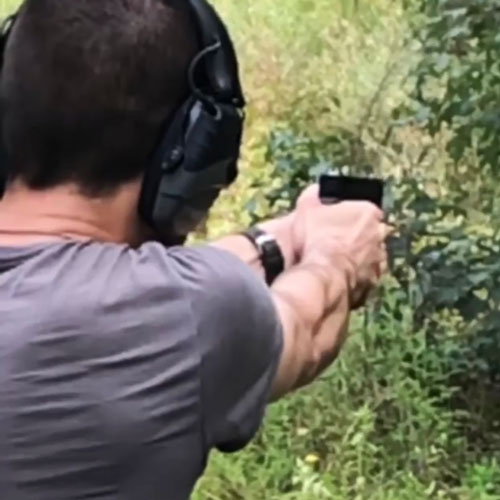
Growing up, John loved learning about the components of firearms and what makes them work, which still intrigues him to this day. He’s a very outdoorsy person, and he loves fishing, hunting, and skeet shooting. He is a firm believer in the Second Amendment and the right to bear arms.
